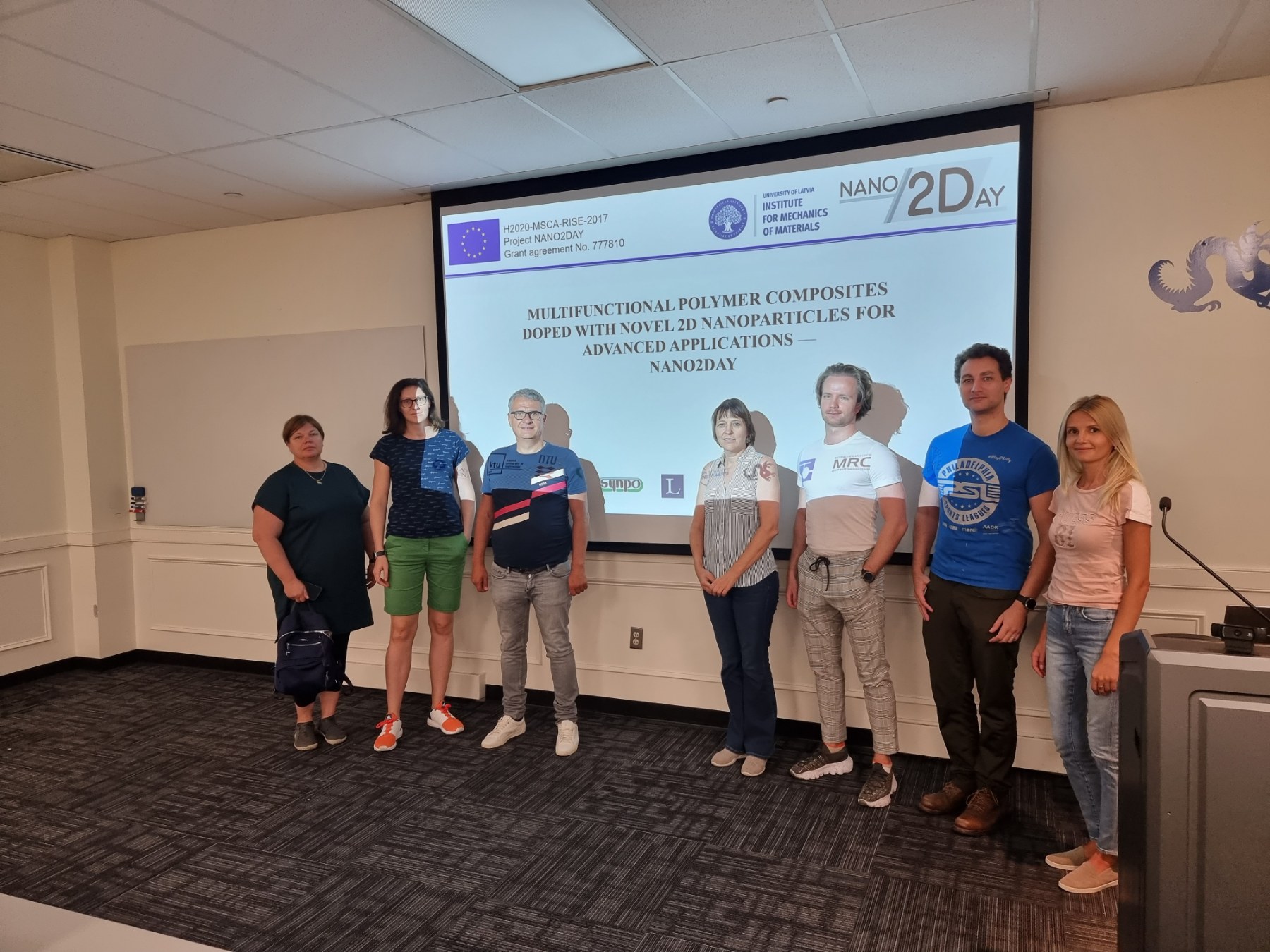MXene Functionalized Kevlar Yarn via Automated, Continuous Dip Coating
Lingyi Bi1,2, William Perry1, Ruocun (John) Wang1, Robert Lord1, Tetiana Hryhorchuk1, Alex Inman1, Oleksiy Gogotsi3, Vitaliy Balitskiy3, Veronika Zahorodna3, Ivan Baginskiy3, Stepan Vorotilo1, Yury Gogotsi1*
1 Department of Materials Science and Engineering, and A. J. Drexel Nanomaterials Institute, Drexel University, Philadelphia, PA 19104, United States
2 Center for Functional Fabrics, Drexel University, Philadelphia, PA 19104, United States
3 Materials Research Center, Kyiv 03680, Ukraine
The rise of the Internet of Things has spurred extensive research on integrating conductive materials into textiles to turn them into sensors, antennas, energy storage devices, and heaters. MXenes, owing to their high electrical conductivity and solution processability, offer an efficient way to add conductivity and electronic functions to textiles through simple dip coating. However, manual development of MXene-coated textiles restricts their quality, quantity, and variety. Here, a versatile automated yarn dip coater tailored for producing continuously high-quality MXene-coated yarns and conducted the most comprehensive MXene-yarn dip coating study to date is developed. Compared to manual methods, the automated coater provides lower resistance, superior uniformity, faster speed, and reduced MXene consumption. It also enables rapid coating parameter optimization, resulting in a thin Ti3C2 coating uniform over a 1 km length on a braided Kevlar yarn while preserving its excellent mechanical properties (over 800 MPa) and adding Joule heating and damage sensing to composites reinforced by the yarns. By dip-coating five different yarns of varying materials, diameters, structures, and chemistries, new insights into MXene-yarn interactions are gained. Thus, the automated dip coating presents ample opportunities for scalable integration of MXenes into a wide range of yarns for diverse functions and applications.
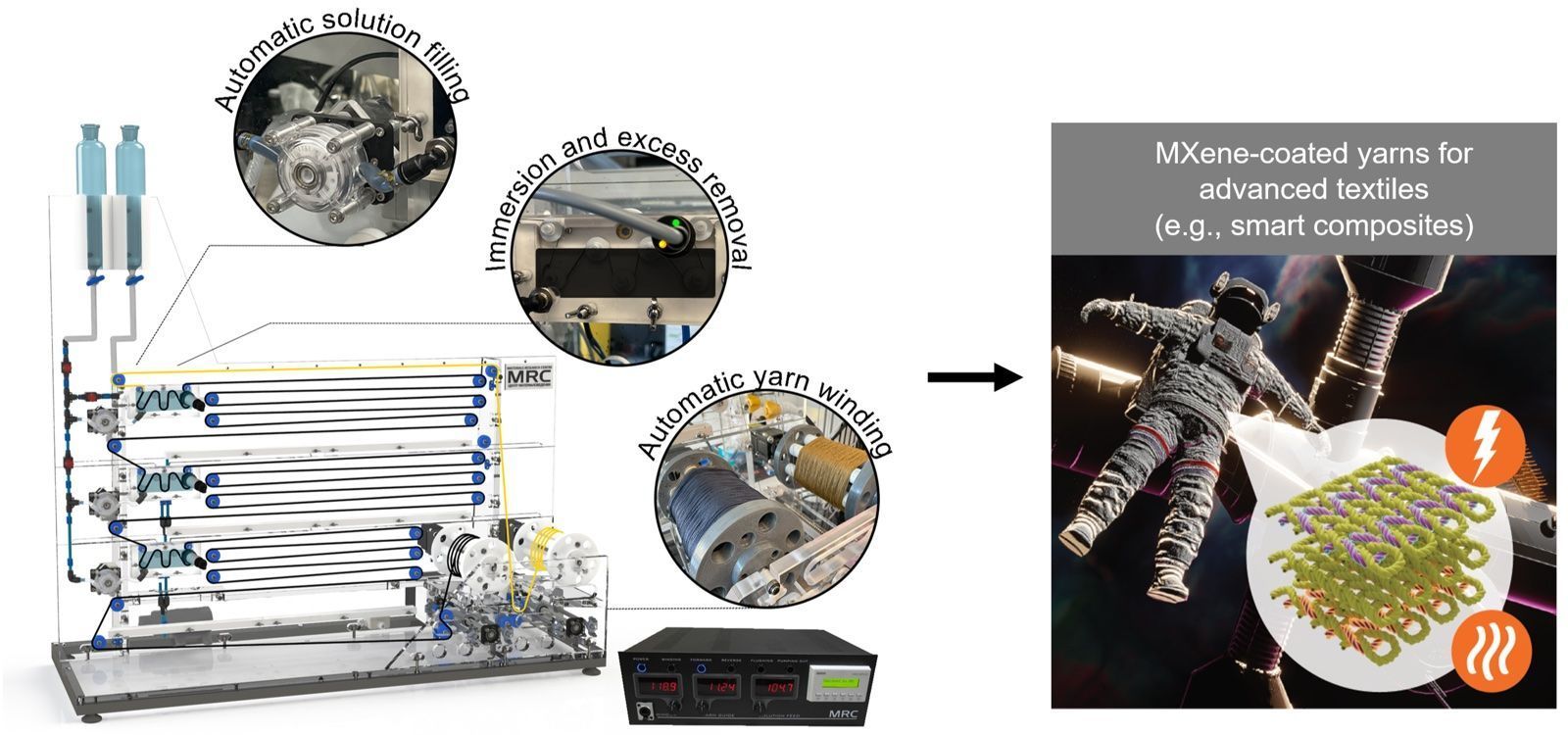
In summary, we designed and built a customized automated yarn dip coater for developing MXene-coated yarns, which can also be used for layer-by-layer coating and application of other nanomaterials.The dip coater enabled acomprehensive parametric study of MXene coating on braided Kevlar yarns and helped find the optimal combinations of MXene concentration, flake size, and drawing speed for strain sensing and Joule heating functions. Our high-throughput dip coater enables the production of a vastlibrary of MXene-functionalized conductive yarns exhibiting diverse physical, electrical, and mechanical properties at low costand high quality. As a result, we anticipate that this developmentwill expedite the research and commercialization of MXene dip-coated yarns for electronic textile applications
Read more: L. Bi, W. Perry, R. J. Wang, R. Lord, T. Hryhorchuk, A. Inman, O. Gogotsi, V. Balitskiy, V. Zahorodna, I. Baginskiy, S. Vorotilo, Y. Gogotsi, MXene Functionalized Kevlar Yarn via Automated, Continuous Dip Coating. Adv. Funct. Mater. 2023, 2312434. https://doi.org/10.1002/adfm.202312434
Related articles:
Oleksiy Gogotsi, Lingui Bi, Veronika Zahorodna, Iryna Roslyk, Ivan Baginskiy, Vitalii Balitskiy, Oksana Peschanska, Serhii Dukhnovskiy, Leonid Yaremenko, Stanislav Stankevich, Andrey Aniskevich, Yury Gogotsi. Scaling up of the MXene Dip-Coated Yarns production process for smart textiles, wearable electronics and structural monitoring and damage diagnostics. 24th Annual Conference on Material Science, Herceg Novi, Montenegro, September 4-8, 2023




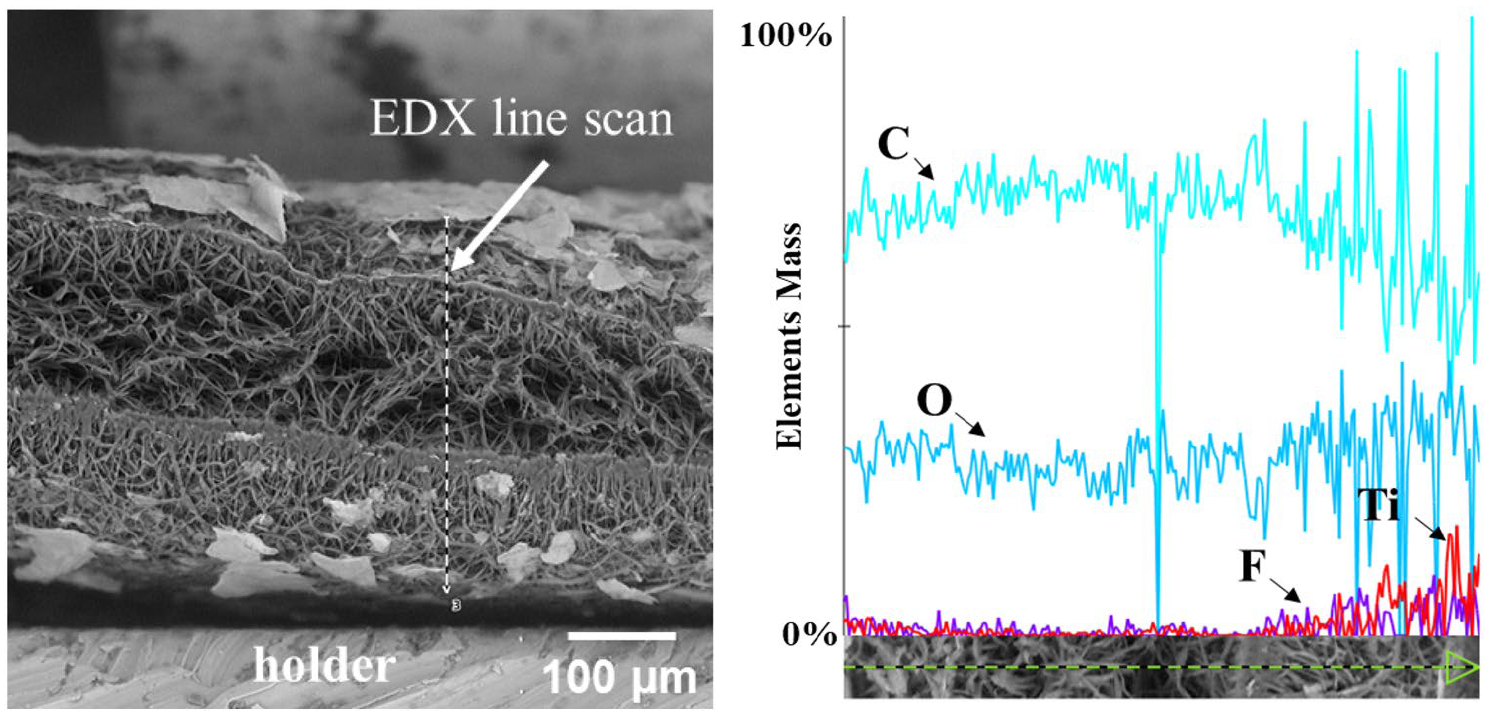 Here we demonstrate a new developed method for depositing Ti3C2Tx MXenes onto hydrophobic electrospun PCL membranes using oxygen plasma treatment. These novel patches hold tremendous potential for providing mechanical support to damaged heart tissue and enabling electrical signal transmission,thereby mimicking the crucial electroconductivity required for normal cardiac function. After a detailed investigation of scaffold-to-cell interplay, including electrical stimulation, novel technology has the potential for clinical application not only for cardiac regeneration, but also as neural and muscular tissue substitutes.
Here we demonstrate a new developed method for depositing Ti3C2Tx MXenes onto hydrophobic electrospun PCL membranes using oxygen plasma treatment. These novel patches hold tremendous potential for providing mechanical support to damaged heart tissue and enabling electrical signal transmission,thereby mimicking the crucial electroconductivity required for normal cardiac function. After a detailed investigation of scaffold-to-cell interplay, including electrical stimulation, novel technology has the potential for clinical application not only for cardiac regeneration, but also as neural and muscular tissue substitutes.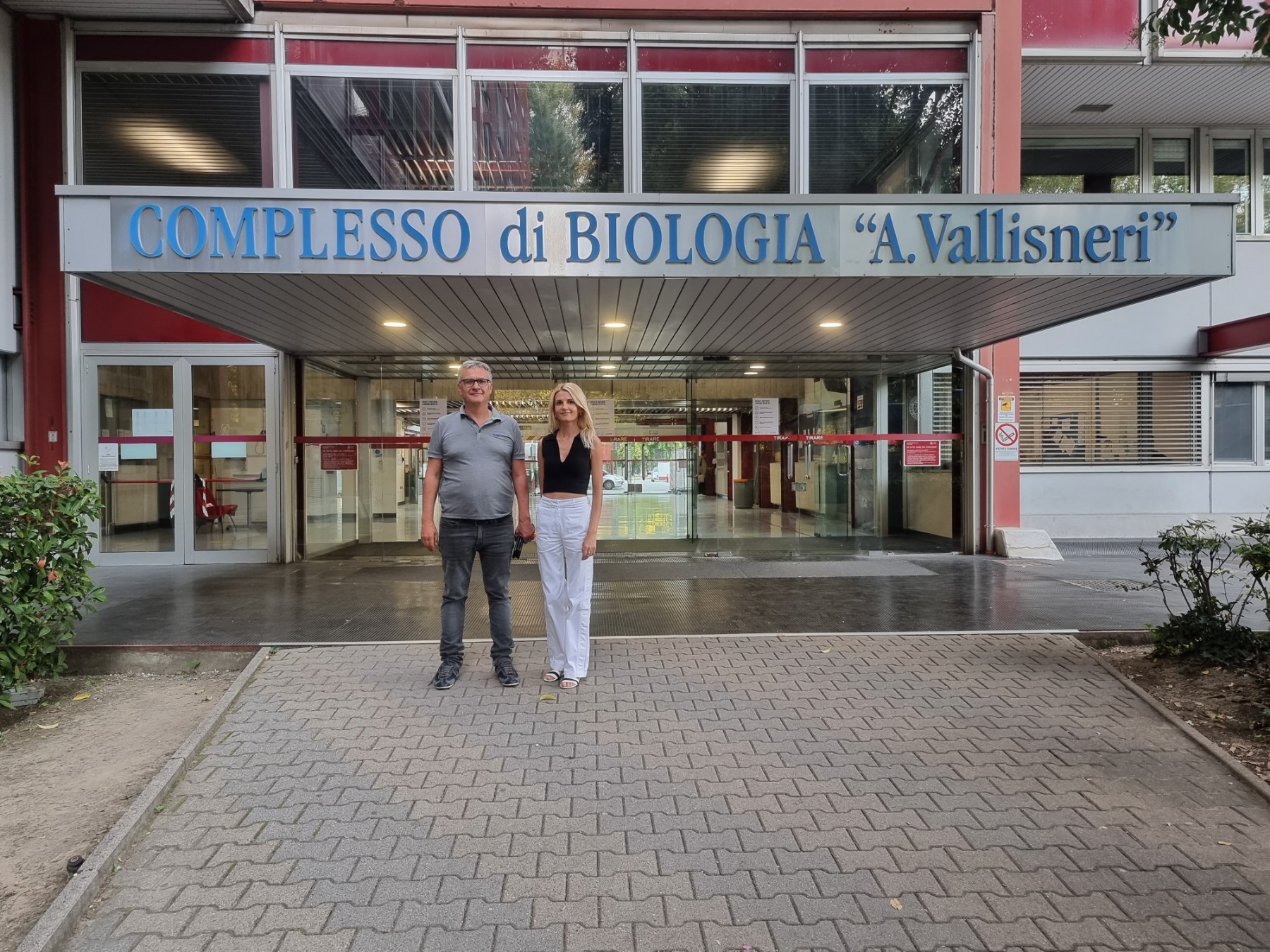 MX-MAP project participants from MRC Dr. Oleksiy Gogotsi and Veronika Zahorodna performed split secondment visit to project partner organization University of Padova (Italy). MX-MAP project works on development of the key strategies for MXene medical applications.
MX-MAP project participants from MRC Dr. Oleksiy Gogotsi and Veronika Zahorodna performed split secondment visit to project partner organization University of Padova (Italy). MX-MAP project works on development of the key strategies for MXene medical applications. 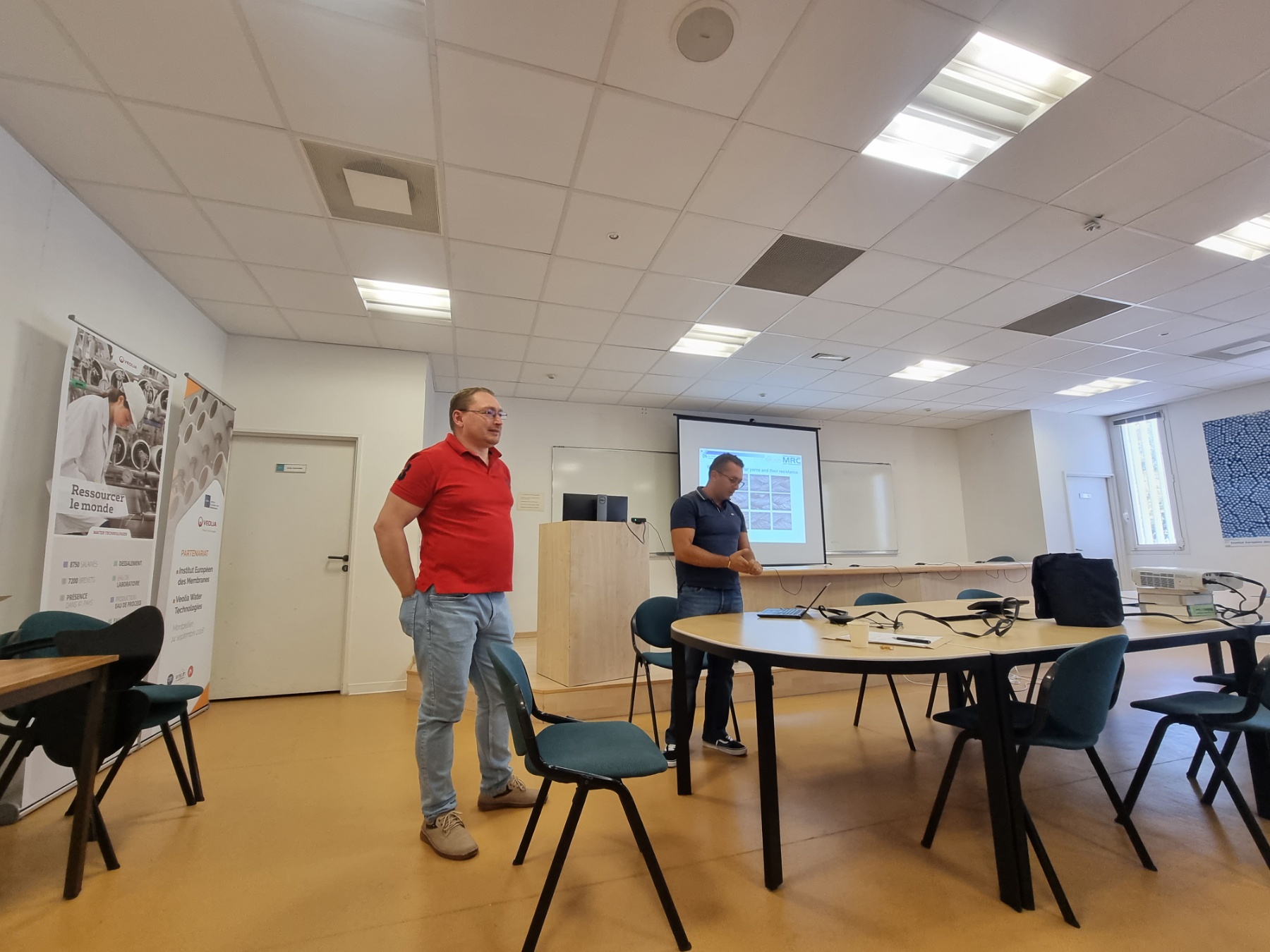 CanbioSe Project Meeting and Project Workshop was held at European Institute of Membranes (IEM), University of Montpellier, France on September 26-27, 2023. The workshop was focused on the theme of "Commercializing Biosensors, Intellectual Property, and Knowledge Transfer from Academia to Industry.
CanbioSe Project Meeting and Project Workshop was held at European Institute of Membranes (IEM), University of Montpellier, France on September 26-27, 2023. The workshop was focused on the theme of "Commercializing Biosensors, Intellectual Property, and Knowledge Transfer from Academia to Industry. Dr. Oleksiy Gogotsi and Veronika Zahorodna visited IEEE NAP 2023 conference held in Bratislava on September 10-15, 2023. The prime focus of the IEEE NAP-2023 was on nanoscale materials with emphasis on interdisciplinary research exploring and exploiting their unique physical and chemical proprieties for practical applications.
Dr. Oleksiy Gogotsi and Veronika Zahorodna visited IEEE NAP 2023 conference held in Bratislava on September 10-15, 2023. The prime focus of the IEEE NAP-2023 was on nanoscale materials with emphasis on interdisciplinary research exploring and exploiting their unique physical and chemical proprieties for practical applications.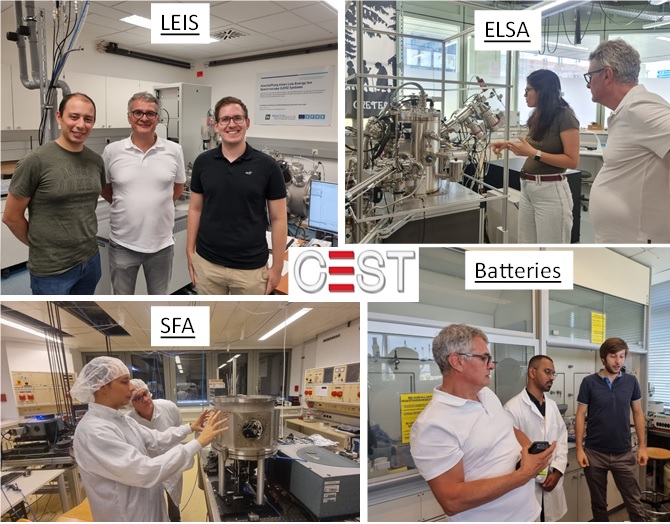 Director of MRC and Carbon-Ukraine Dr. Oleksiy Gogotsi visited CEST labs in Wiener Neustadt (Low Energy Ion Scattering, Batteries development) and TU Vienna (ELSA, SFA). He meet with Dr. Pierluigi Bilotto, Dr. Chriatian Pichler and their colleagues, discussing novel materials and r&d activities for new technologies.
Director of MRC and Carbon-Ukraine Dr. Oleksiy Gogotsi visited CEST labs in Wiener Neustadt (Low Energy Ion Scattering, Batteries development) and TU Vienna (ELSA, SFA). He meet with Dr. Pierluigi Bilotto, Dr. Chriatian Pichler and their colleagues, discussing novel materials and r&d activities for new technologies.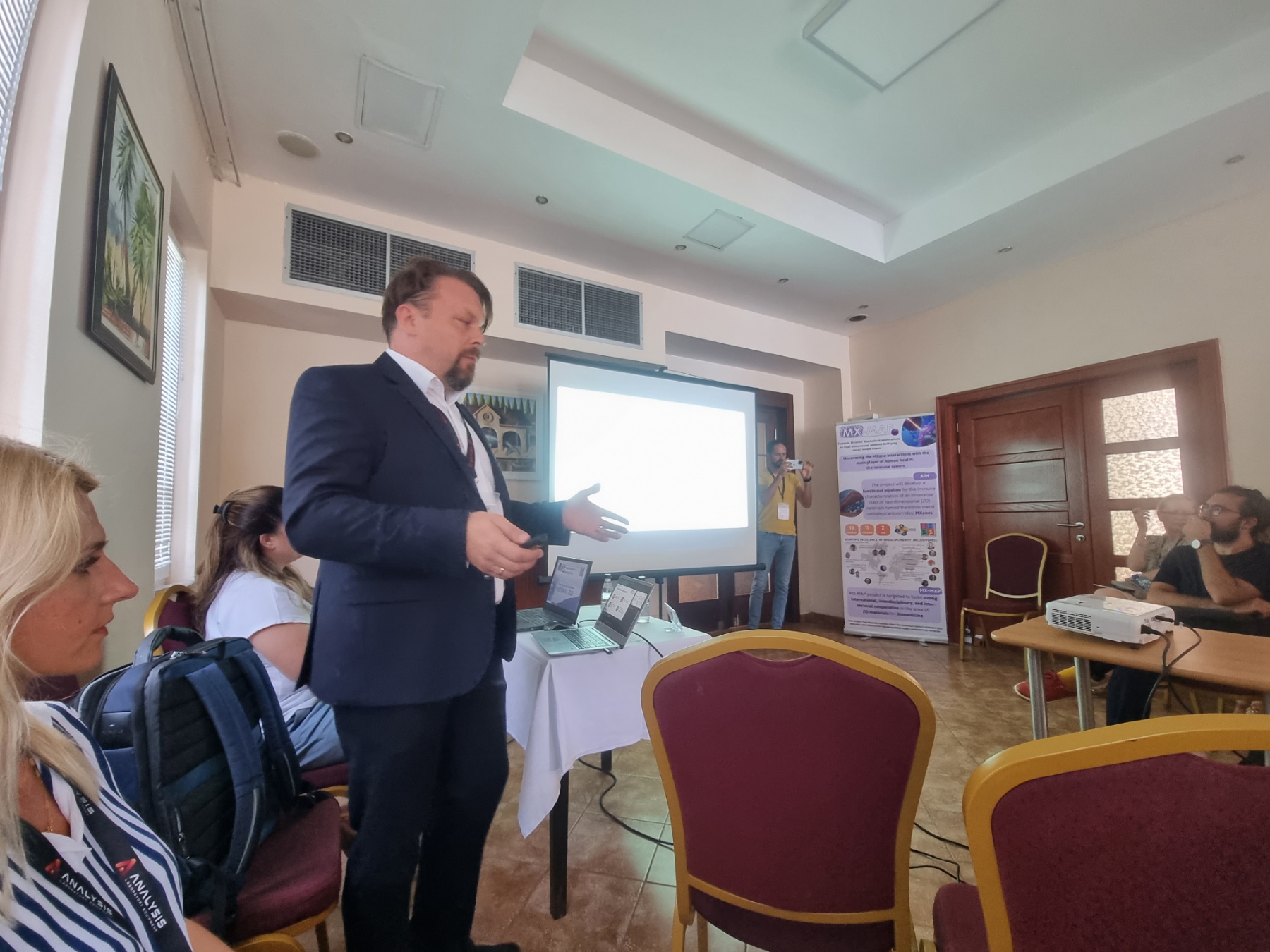 MX-MAP Session was held during the YUCOMAT Conference 2023 titled: "Towards MXenes’ biomedical applications by high-dimensional immune MAPping", HORIZON-MSCA-2021-SE-01 project MX-MAP.
MX-MAP Session was held during the YUCOMAT Conference 2023 titled: "Towards MXenes’ biomedical applications by high-dimensional immune MAPping", HORIZON-MSCA-2021-SE-01 project MX-MAP.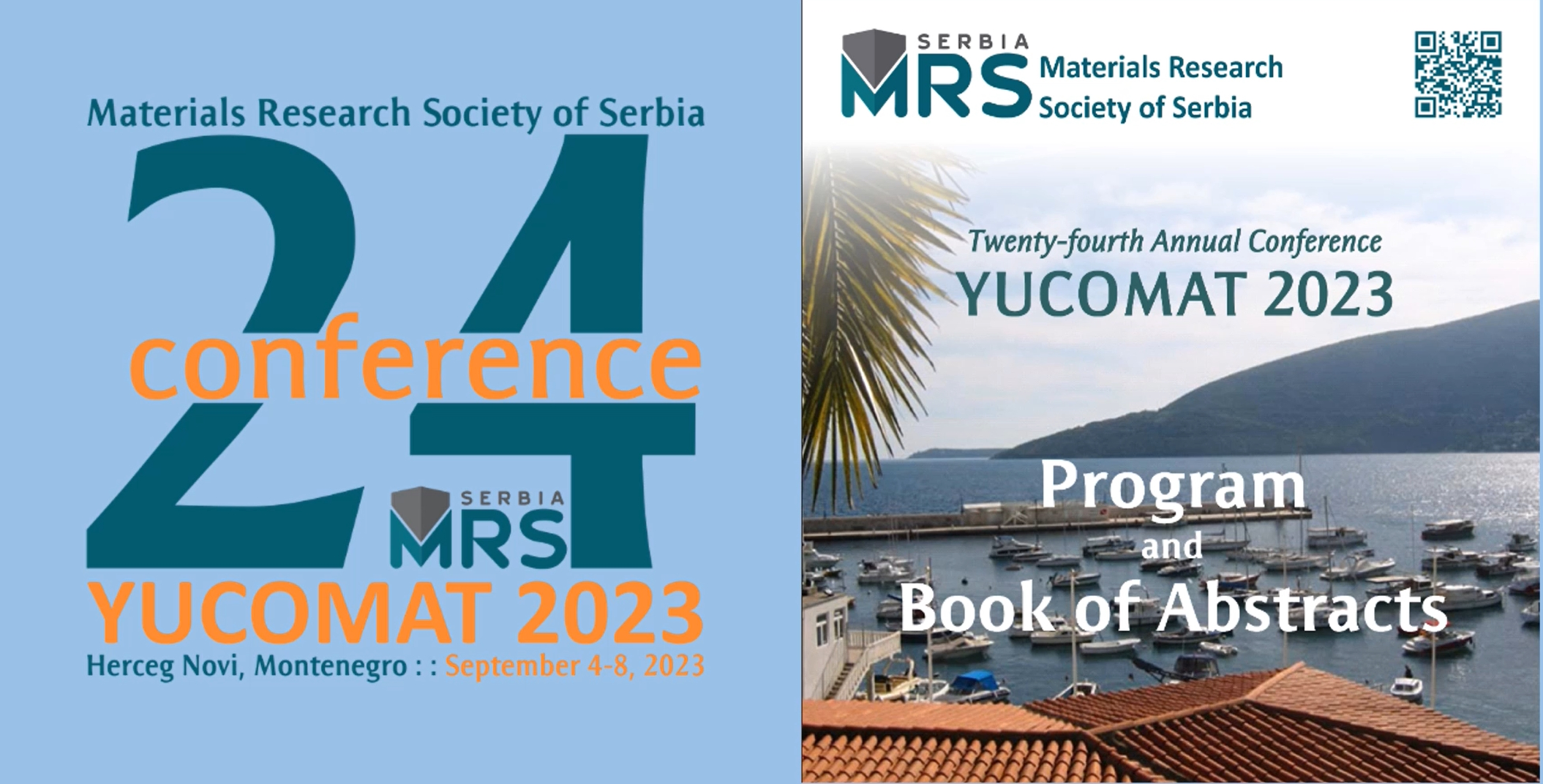
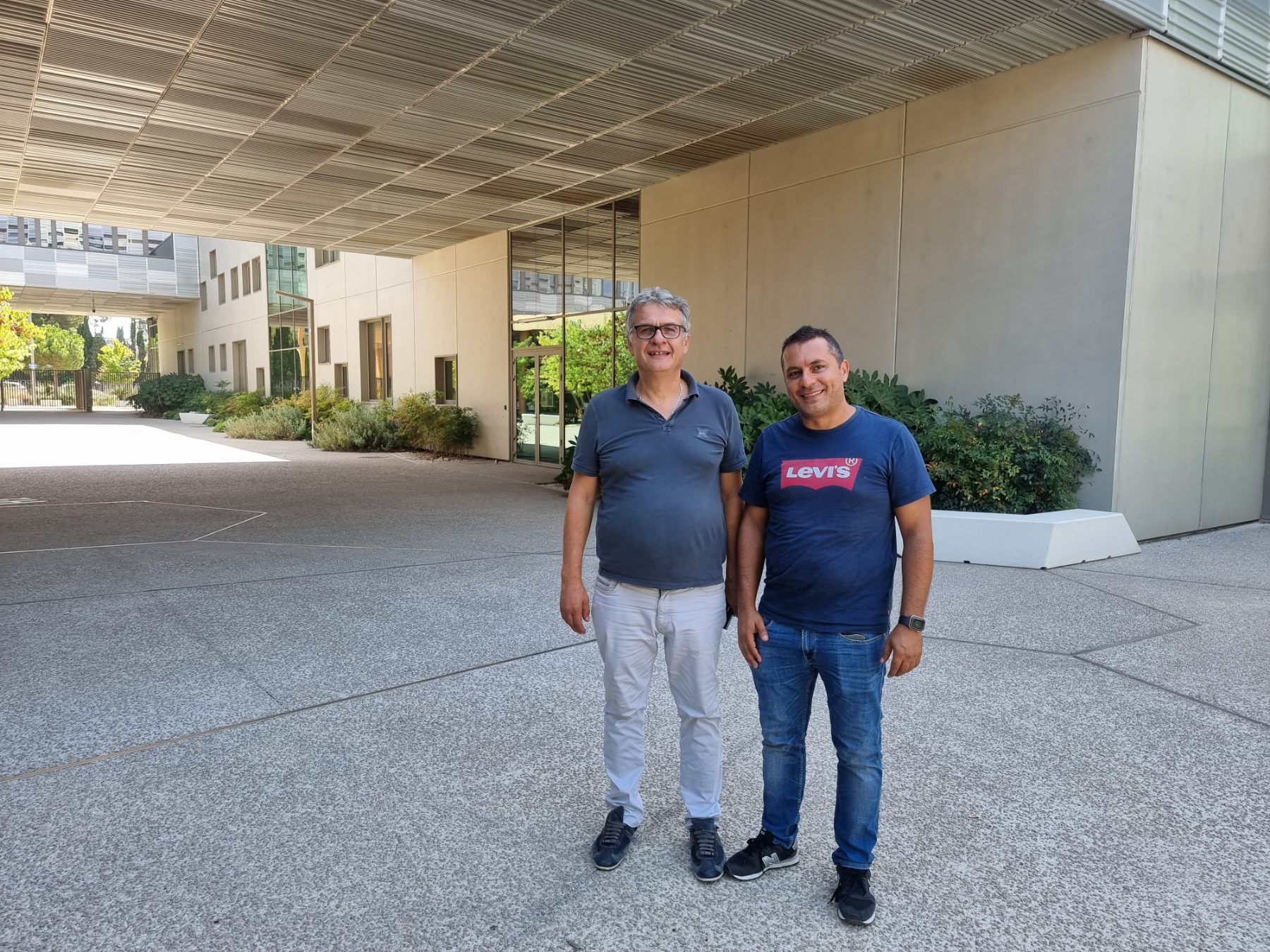 CANBIOSE project participants from MRC Dr. Oleksiy Gogotsi and Veronika Zahorodna performed secondment visit to project partner organization European Institute of Membranes in Montpellier (France) on August -September 2023.
CANBIOSE project participants from MRC Dr. Oleksiy Gogotsi and Veronika Zahorodna performed secondment visit to project partner organization European Institute of Membranes in Montpellier (France) on August -September 2023.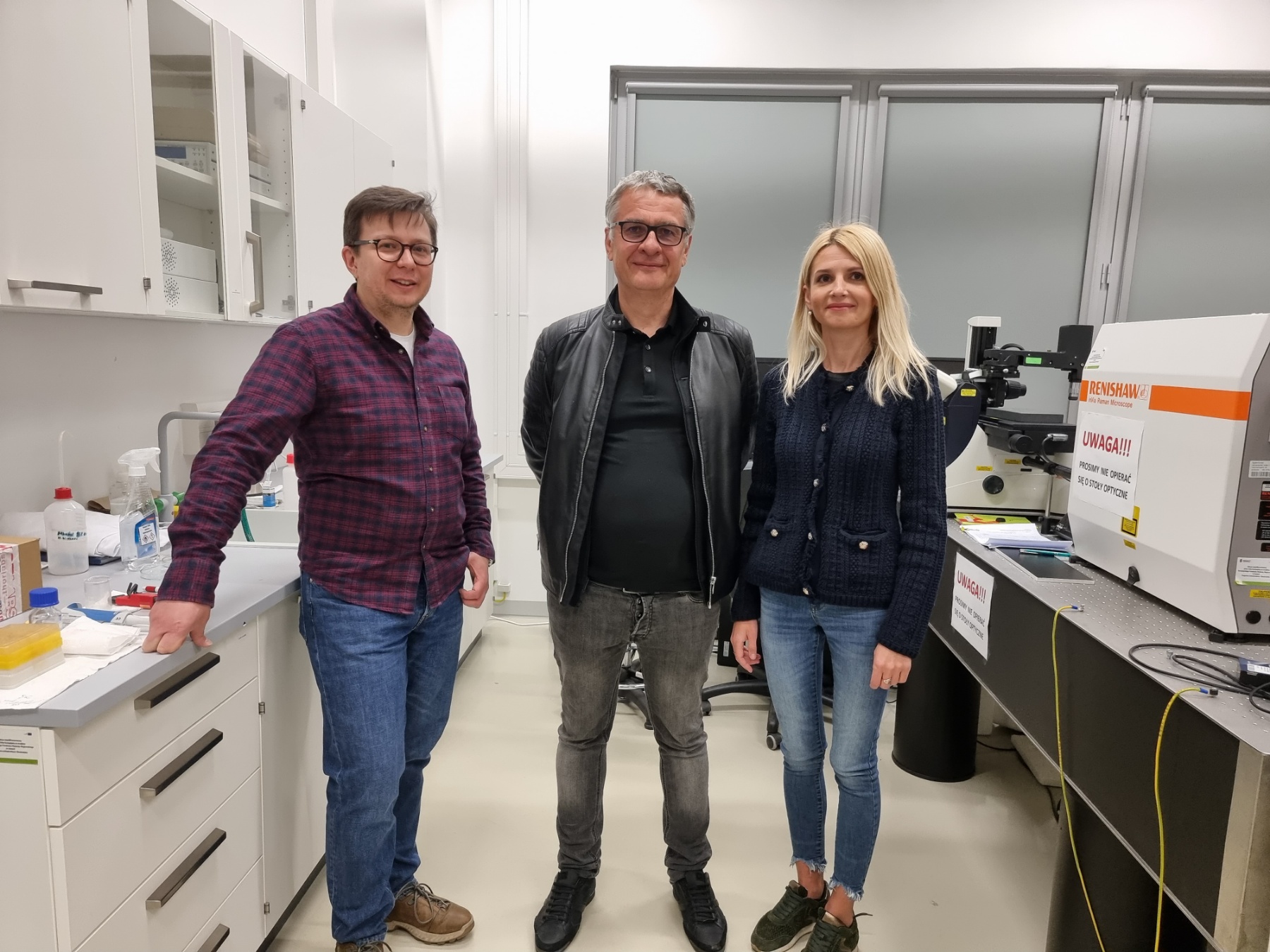 MRC researchers Dr. Oleksiy Gogotsi and Veronika Zahorodna were visiting Nanobiomedical Centre, Adam Mickewicz University in Poznan, Poland due to close collaboration with AMU team led by Dr. Igor Iatsunskiy.
MRC researchers Dr. Oleksiy Gogotsi and Veronika Zahorodna were visiting Nanobiomedical Centre, Adam Mickewicz University in Poznan, Poland due to close collaboration with AMU team led by Dr. Igor Iatsunskiy. 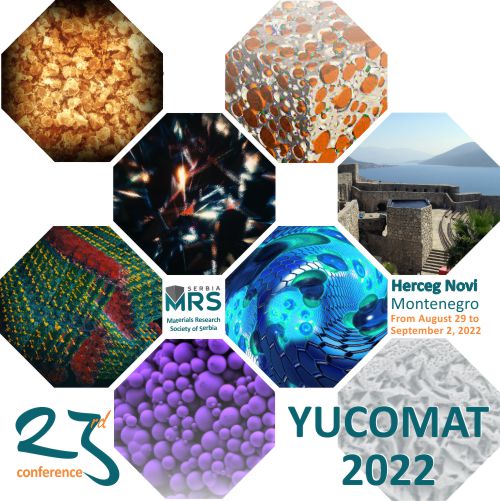
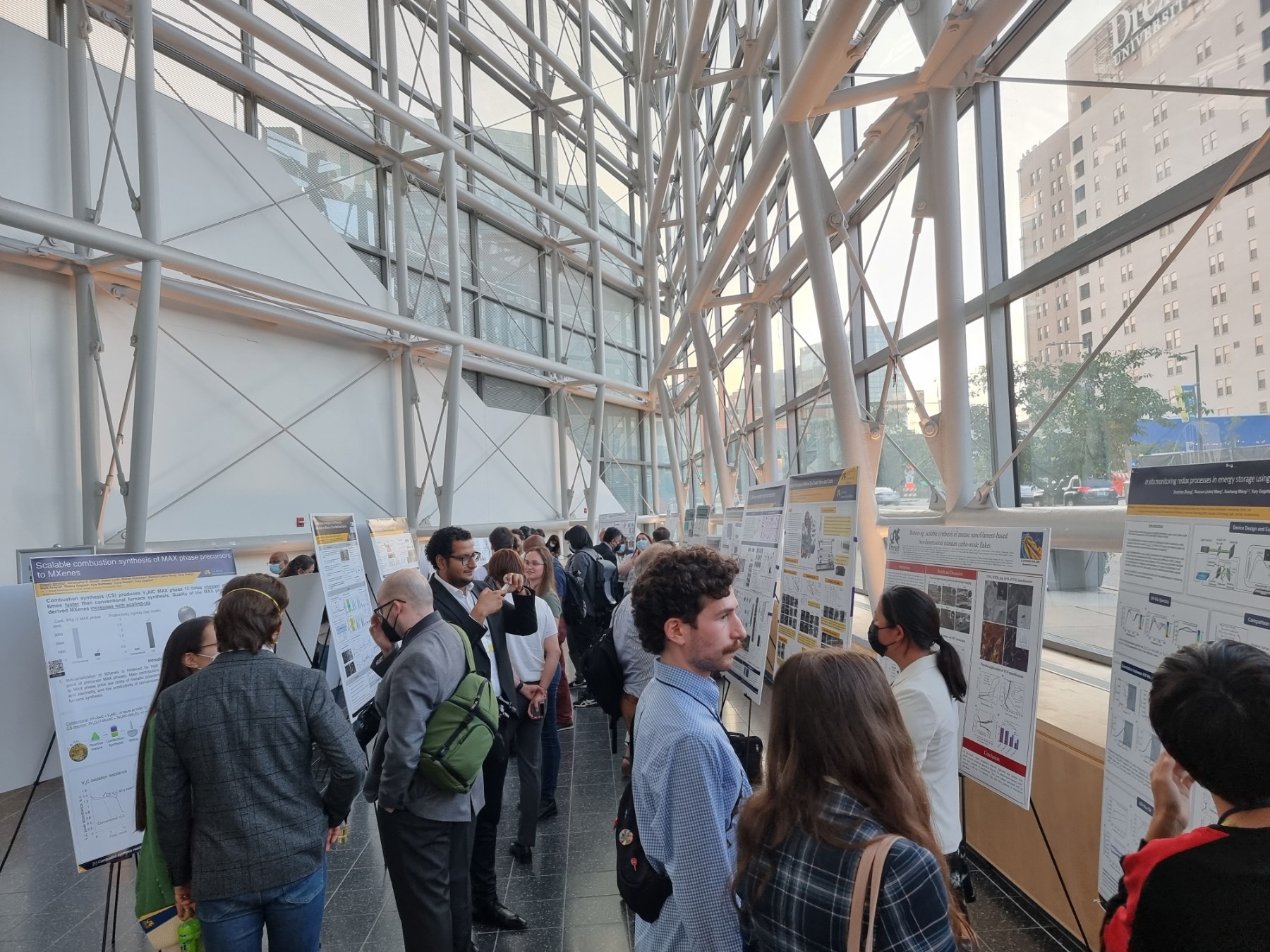
 Meeting during the MXene international conference held in Drexel University on Aug. 3, 2022, and discussing the roadmap for launching MX-MAP research project on MXenes for medical applications.
Meeting during the MXene international conference held in Drexel University on Aug. 3, 2022, and discussing the roadmap for launching MX-MAP research project on MXenes for medical applications.